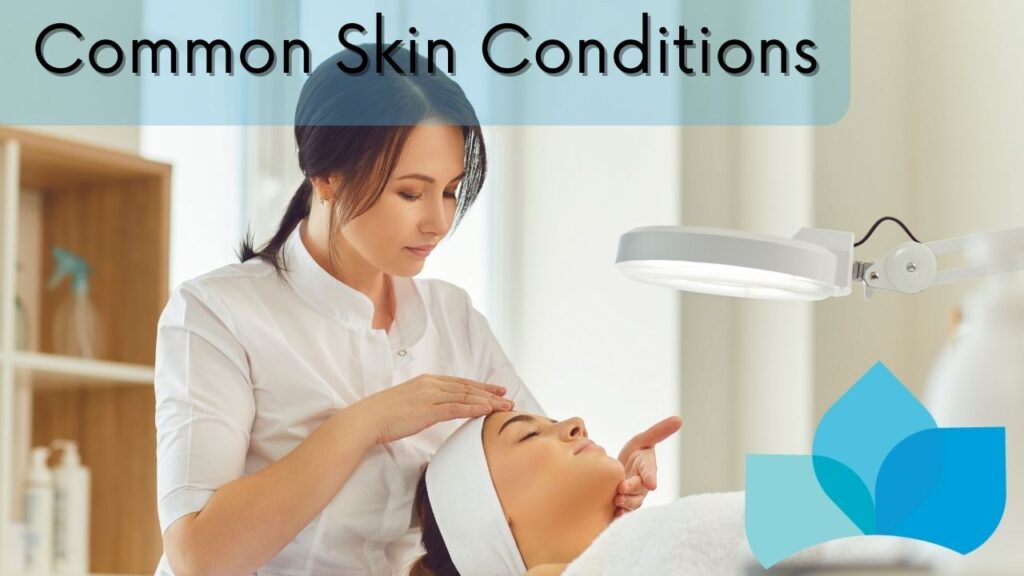Botox Edmonton | Common Skin Conditions Treated by the Dermatologist
Edmonton Dermatology is well known for its impeccable care in treating all kinds of common skin conditions. Dr. Muba Taher is the founding owner and operator of the clinic which just underwent a massive expansion of services and space. He is passionate about treating the residents of Edmonton and surrounding area and by having extra space and staff it enables Dr. Taher to serve in a greater capacity. Everything is focused on the health and beauty of your skin. He specializes in treating Skin Cancer using the advanced method of Mohs Micrographic Surgery.
Are you unclear what conditions you might need to see the dermatologist for? You will want to read the following to see what a dermatologist can treat. Did you know the most common skin condition treated is acne? In America alone fifty million people are affected by it. Simply put this condition is derived from dead skin cells and oil collecting in the hair follicle and plugging it. This is from hormonal changes. What shows up on the skin is whiteheads, blackheads, and pimples.
Even though acne is most prevalent in teenagers, all ages are affected by it. The worst thing about acne is that it heals slowly and once one area heals up another pops up in its place. Some negative side effects of acne are scarring physically and emotionally. Something to be aware of is if you are an older adult and you suddenly develop acne, there may be an underlying issue that needs medical attention.
Some of the other common skin conditions or issues treated by a dermatologist are atopic dermatitis also known as eczema, shingles, hives, sunburn, contact dermatitis, diaper rash, rosacea, and skin cancer.
Eczema also known as atopic dermatitis is a skin condition that causes dry, itchy, and inflamed skin. This skin condition is common in young children but can be found in any age bracket. Irritants are common triggers. Things such as soaps and detergents, environmental factors and allergens, and cold or dry weather are the usual culprits that cause it. Sometimes damp weather can also irritate.
It usually shows up on the face, hands, arms and legs and other parts of the body. It looks red on lighter skin and grey, deep brown or purple on darker tones. Often eczema is passed down through family history.
Treatable conditions with over-the-counter medicine
There are many over the counter moisturizers and medicines that can help with the dryness and inflammation. An over-the-counter antihistamine can help with the itch for when sleeping. Prescription medicine may be needed for inflammation and skin infections. Phototherapy is a good option for treating inflammation too.
Rosacea can be a little harder to spot when it is not severe, or you are not a professional in the skincare and dermatology industry. It presents itself as a blush or sunburn that just will not go away. You may also see it show up as blood vessels on your face. It can show as small pus-filled bumps. All these symptoms my be present and flare up but then go away for awhile. You also may see thickened skin. There are three types of rosacea.
The first one is vascular and it is the one that shows as blushed skin and blood vessels become more visible. The second one is inflammatory which also shows as redness but additionally there may be red bumps that may also have pus-filled spots. The third is thickened skin that may also be bumpy and located on the nose.
Some of the common triggers for rosacea are sunlight and hairspray. Other common ones are heat, alcohol, stress, and spicy food. Staying hydrated helps with rosacea. Icy water in particular keeps your system cool which helps in keeping the blood vessels from dilating. You may need a combination of treatments to help with your rosacea which usually include good skin care, medication, and laser therapy. Medications are used to treat the flushing, and pus-filled bumps whereas laser therapy treats the enlarged blood vessels. For this last reason laser therapy does not work as well on dark skin tones because veins are not as visible.
Keep an eye on skin conditions
Cancer is the scariest word for any person. Skin cancer elicits the same response in the human’s mind. What if it spreads, or what if I do not know for sure I have it? The first thing to do is book an appointment with your GP to have a regular checkup and from there you can be referred to a Dermatologist who specializes in the treatment and removal of it.
Dr. Taher at Edmonton Dermatology is a specialist who treats skin cancer and removes it for good. He has an extremely high success rate. The key is early detection. The fact is most skin cancers are curable if they are found and removed early on. There are signs that you will want to watch for.
Many of us have heard that moles are the things to watch. Has it changed in size, color, boundary shape, or appearance in anyway? This is a warning sign. If you have skin changes after a mole has been removed this is another sign. If you have itching or oozing from your skin or a sore or spot that just will not go away it is time to book an assessment with the doctor. To be seen by the specialist you will have to be referred.
Dr. Taher uses a special procedure called Mohs Micrographic Surgery. The skin cancer is removed in an extremely specific way. There is a special laboratory in clinic that produces microscopic slides showing the cancer margins. The surgeon studies the slides within hours and looks to see if the cancer roots are removed or if more surgery is needed. This is all done while you wait in clinic.
After removal, the skin is left to heal and if necessary a skin flap or graft is used to reconstruct the area. The success of the surgery and healing is dependent on the surgeon, nurse, and entire medical staff. Dr. Taher has studied extensively and gained experience in the Mohs Surgery fellowship.


